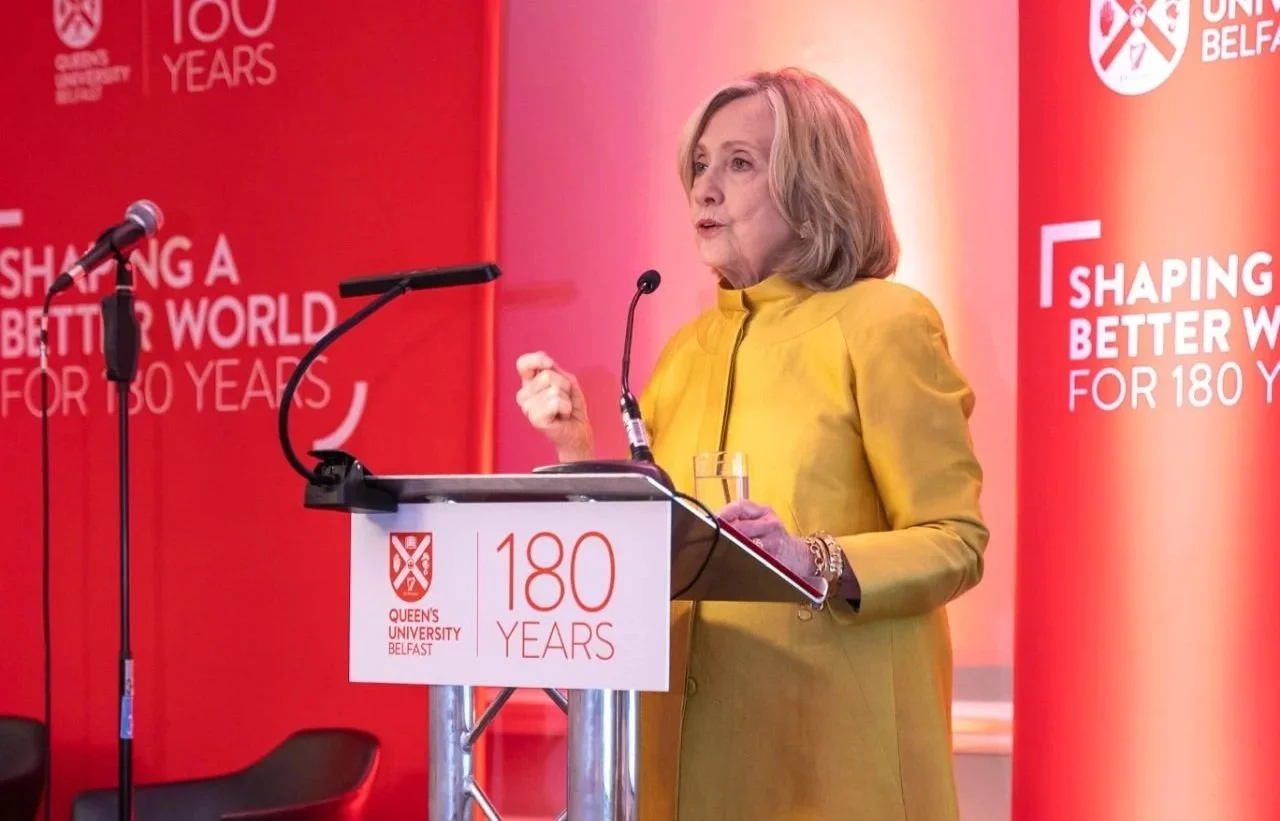Researchers at Carnegie Mellon University create BrickGPT, aiming to make manufacturing faster and more efficient
Researchers at Carnegie Mellon University’s (CMU) School of Computer Science have created BrickGPT, an AI-powered tool which uses Lego bricks to bring ideas to life and could make manufacturing faster and more efficient.

With a single word prompt, such as “guitar”, BrickGPT can create a brick-by-brick guide for a person or robot to build a stable model of that item, currently using Lego bricks. The researchers say this could speed up the process of designing and building new things.
“This could be a huge benefit to the manufacturing world,” explains Changliu Liu, an Associate Professor at CMU’s Robotics Institute. “It takes a long time to turn ideas into a physical design and prototype. But if you can integrate generative AI into the process, it can significantly improve efficiency and reduce the roadblocks to kicking off projects.”
“This research paves the way toward generative manufacturing, which is when people can use a generative model to design everyday objects they can build themselves,” adds Jun-Yan Zhu, the Michael B. Donohue Assistant Professor of Computer Science and Robotics in CMU’s Robotics Institute.
“They can build a chair, a sofa or a kids' toy. This is a new frontier, a new usage of these models beyond creating social media videos or photos. These brick toy pieces are a simple medium, and it’s a starting point.”
The BrickGPT demo can now produce step-by-step guides for building 21 types of models using Lego bricks, including a birdhouse, sofa, and a piano. The team plan to scale up the model, enabling it to generate more guides, while also adding complexity and accuracy of the designs.























